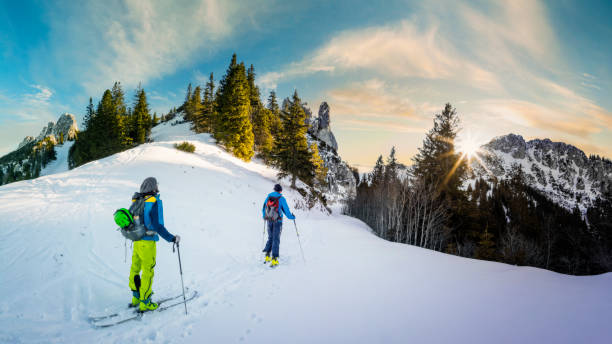Are you looking to hit the slopes this winter? Skiing can be a great way to have fun and get some exercise. But if you’ve never skied before, it can seem a bit daunting. Don’t worry – we’re here to help! In this blog post, we will provide you with step-by-step instructions on how to ski. We’ll also give you some tips for avoiding common mistakes made by beginner skiers. So whether you’re seasoned pros or first-time skiers, read on for everything to learn how to ski!
These are the points, we are going to talk about today:
- basic techniques
- the gear
- safety tips
How to Ski - Basic Techniques
What we are going to learn today is the following:
- right ski stance
- how to glide
- how to walk uphill
- how to ski in a wedge
- how to stop
The Right Ski Stance
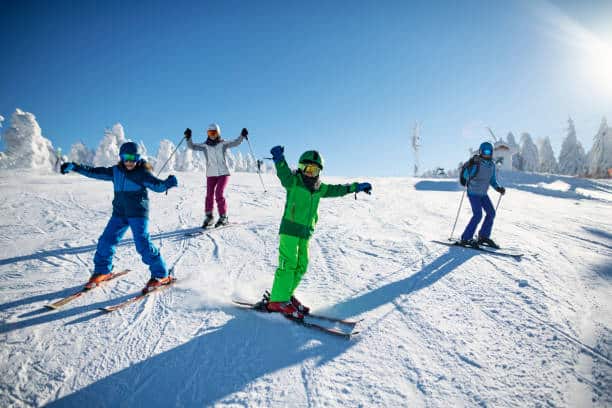
Ski is a great way to get out and enjoy the winter weather, but it can be daunting for beginners.
One of the most important things to learn when starting out is how to stand on your skis properly.
The right ski stance will help you balance and control your skis as you move down the slopes.
How to Do It
- Start by standing up straight with your feet shoulder-width apart.
- Then, point your toes slightly outward and shift your weight onto your downhill ski.
- Your uphill ski should be positioned so that the majority of your weight is on your downhill ski.
- Once you have found a comfortable stance, bend your knees slightly and keep your back straight.
- Remember to keep your muscles relaxed as you ski – tension will make it harder to balance and control your skis.
How to Glide
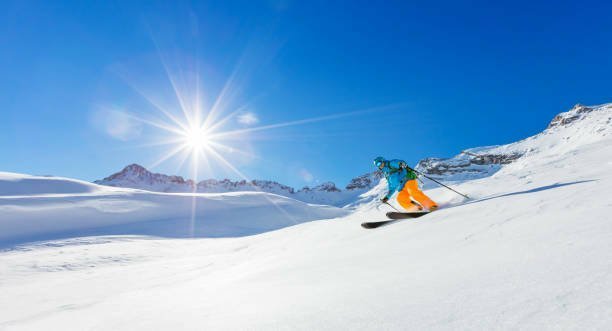
One of the first things you need to master is how to glide.
This will come in handy when you need to make your way down a flat section of the slope or want to ski over to the chairlift.
How to Do It
- Start by standing up straight with your skis parallel to each other.
- Then, push off with your dominant foot to get some momentum going.
- Once you’re moving, shift your weight onto your front foot and keep your back leg straight.
- As you glide, make sure to keep your hips level and your shoulders square.
- If you need to turn, do so by using your hips and not your upper body.
- To stop, simply push your back foot down into the snow and dig in with your edges.
How to Walk Uphill
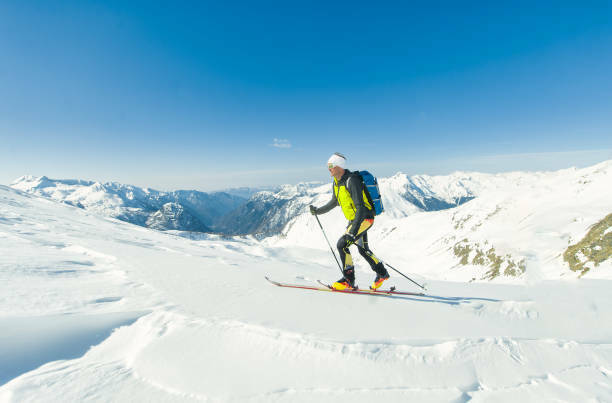
Another important factor in outside ski is how to walk uphill.
Uphill skiing can be difficult, tiring and sometimes even dangerous.
How to Do It
- Start by pointing your skis straight up the hill. This may seem like common sense, but so many people try to angle their skis uphill, which makes it much more difficult to get traction.
- Use your edges. When you’re skiing on flat ground, you use the center of your ski to glide. When you’re going uphill, though, you want to use the edges of your skis for traction.
- Use your poles. Your poles can be a huge help when you’re skiing uphill. They help you keep your balance and can give you an extra push when you need it.
- Relax. This may be easier said than done, but it’s important to try to relax your muscles when you’re skiing uphill. If you’re tense, you’ll use more energy and tire yourself out more quickly.
- Take short, quick steps. If you take long, slow strides, you’ll just end up getting out of breath. Short, quick steps will help you maintain your momentum and make the process less tiring.
- Bend your knees. Bending your knees will help you keep your balance and make it easier to control your skis.
- Stay low. The lower you are, the more stable you’ll be. If you start to feel like you’re losing your balance, squat down lower to regain control.
How to Ski in a Wedge
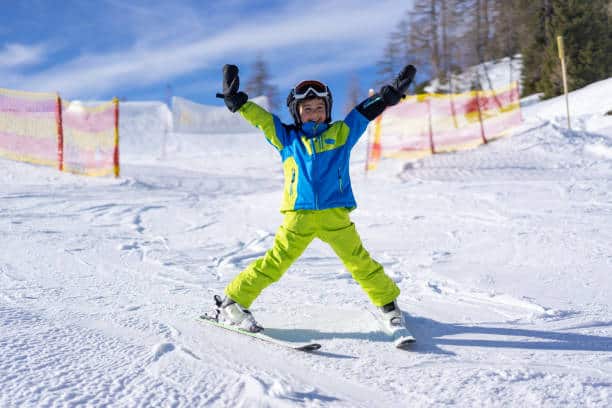
Skiing in a wedge is often one of the first things beginner skiers learn how to do.
It’s a simple technique that allows you to control your speed and turn radius, and once you’ve mastered it, you can start skiing parallel.
How to Do It
- When you start skiing, you’ll want to be in a wedge position. This means that your skis are pointing inwards, forming a V shape.
- Your weight should be balanced evenly between the two skis, and your knees should be bent. From here, you can start to make small turns by pushing down on the inside edge of one ski.
- To make bigger turns, you can do a few things. You can either turn your feet and hips more, or you can lean your whole body into the turn.
How to Stop
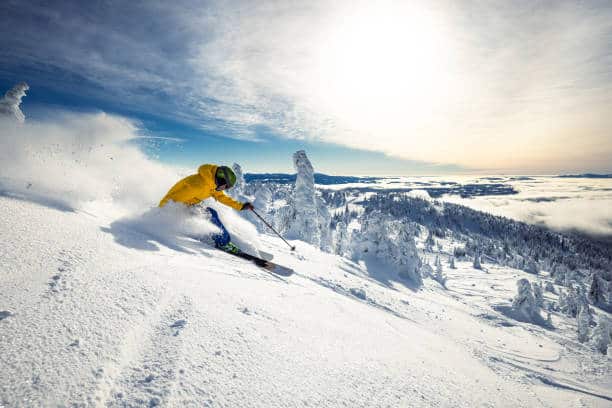
If you’re a beginner skier, chances are you’re wondering how to stop. It’s actually pretty simple once you get the hang of it.
How to Do It
- First, you’ll want to slow down by turning your skis parallel to the fall line.
- Next, dig your heels into the snow to create a braking effect.
- Finally, use your poles for extra braking power by planting them in the snow and pushing off.
With a little practice, you’ll be stopping like a pro in no time!
The Gear - Why It Is Important
We are going to talk about this equipment stuff, and why it is important to wear:
- boots
- gloves
- helmet
- goggles
Boots
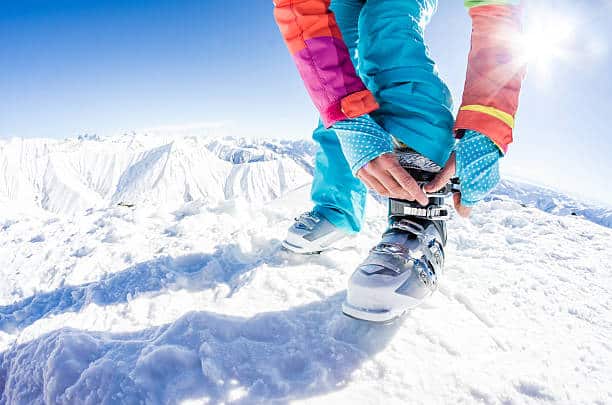
Ski boots are an important part of skiing. They provide support and stability for your feet and ankles, and help you keep control of your skis. Wearing boots also helps to protect your feet from the cold and from injuries.
There are different types of boots, and it is important to choose the right type for your skating level and style. Beginner skiers should choose a boot that is comfortable and easy to control. More experienced skiers can choose a boot that is stiffer and offers more support.
Boots should always be fitted by a professional to ensure they are the right size and provide the right level of support. Skiing with ill-fitting or poorly fitting boots can lead to pain, fatigue and even injuries.
When choosing boots, it is also important to consider the type of skating you will be doing. If you are planning on doing mostly downhill skiing, you will need a different type of boot than if you are planning on doing mostly cross-country skiing.
Downhill boots are usually heavier and stiffer than cross-country ski boots. They offer more support and control for skiing at high speeds. Cross-country ski boots are lighter and more flexible, which makes them better suited for skating on groomed trails or in soft snow.
Gloves

Ski gloves are important to wear because they protect your hands from the cold and from getting injured. They also help you grip your ski poles and keep your hands warm.
Wearing gloves while skiing is also a good way to prevent frostbite. Frostbite can happen when your skin comes into contact with cold temperatures for too long. Symptoms of frostbite include numbness, redness, and pain. Wearing gloves will help to prevent these symptoms.
Ski gloves are typically made from waterproof and breathable materials, which helps to keep your hands dry and warm. They also usually have a layer of insulation to further protect your hands from the cold.
When choosing ski gloves, it is important to pick a pair that fits well and is comfortable to wear. You should also consider the conditions you will be skating in and choose a pair of gloves that is appropriate for those conditions.
For example, if you will be skating in very cold weather, you will want to choose a pair of gloves that is insulated and waterproof. If you are going to be skiing in milder conditions, you might want to choose a pair of gloves that is less insulated but still has some waterproofing.
Helmet
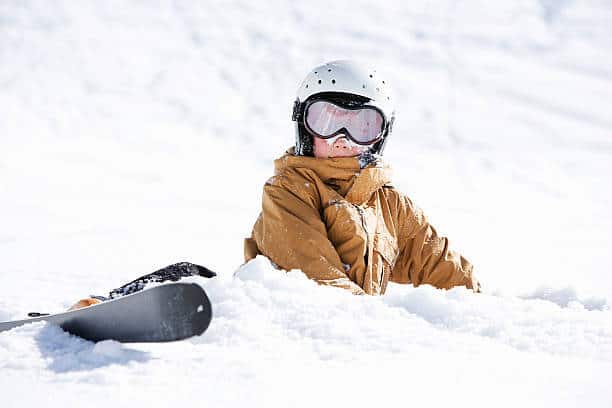
Skiing can be a dangerous sport if you don’t take the proper precautions. Wearing a ski helmet is the most important thing you can do to protect yourself while skiing.
Ski helmets can help prevent head injuries in the event of a fall or collision. They also help keep you warm and dry in cold weather.
If you’re new to skating, or if you’re considering taking up the sport, make sure you invest in a good ski helmet. It could save your life.
Goggles
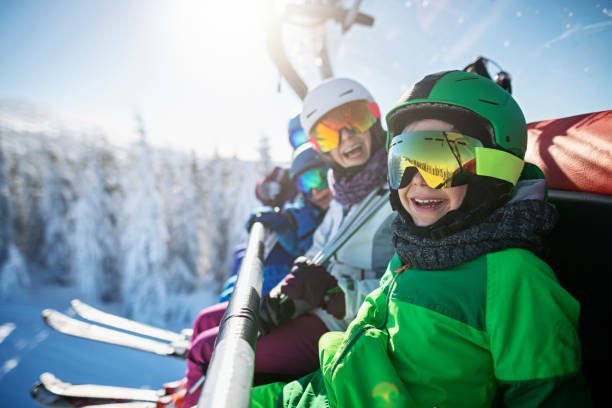
Ski goggles are important to wear because they protect your eyes from the sun and the wind. They also help you see better in the snow.
Goggles are available in different sizes, shapes, and colors. You can choose a goggle that fits your face well and that you like the look of.
When you are buying goggles, make sure to try them on to make sure they fit well. You should also consider the type of skiing you will be doing and choose a goggle that is appropriate for those conditions.
For example, if you will be skating in very cold weather, you will want to choose a pair of goggles that is insulated and has a dual lens. If you are going to be skating in milder conditions, you might want to choose a pair of goggles that is less insulated but still has some wind protection.
Safety Tips

Before you hit the slopes, it’s important to make sure you’re aware of the potential dangers and how to stay safe while skiing. Here are a few safety tips to keep in mind:
Wear The Proper Gear
- This includes a helmet, goggles, and the right clothing to protect you from the cold and elements.
Start Slow
- Don’t try to tackle the hardest runs right away. Build up your confidence and skill level by starting on the easier slopes.
Be Aware of Your Surroundings
- Pay attention to other skiers and obstacles on the mountain.
Know Your Limits
- Don’t push yourself beyond your comfort level or ability. If you’re tired, take a break.
By following these safety tips, you’ll be able to enjoy your time on the slopes while staying safe. So put on your gear and hit the slopes!
Final Words
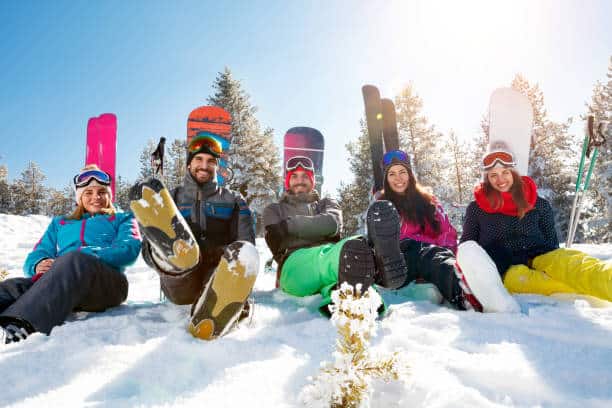
So, there we are (at the end)!
If you want to, you can read our post about ice skating on how to ice skate. And in the upcoming posts, we are going to talk about the best snow pants, best goggles, best helmets, and so on… So stay excited!
And do not hesitate to ask a ski instructor at your ski resorts for more tips! And please stay in your ski area. Nobody wants you to get hurt 🙂 If you don’t feel comfortable on a mountain, you can of course go on flat terrain.
Did you find this post helpful? Let us know in the comments!

